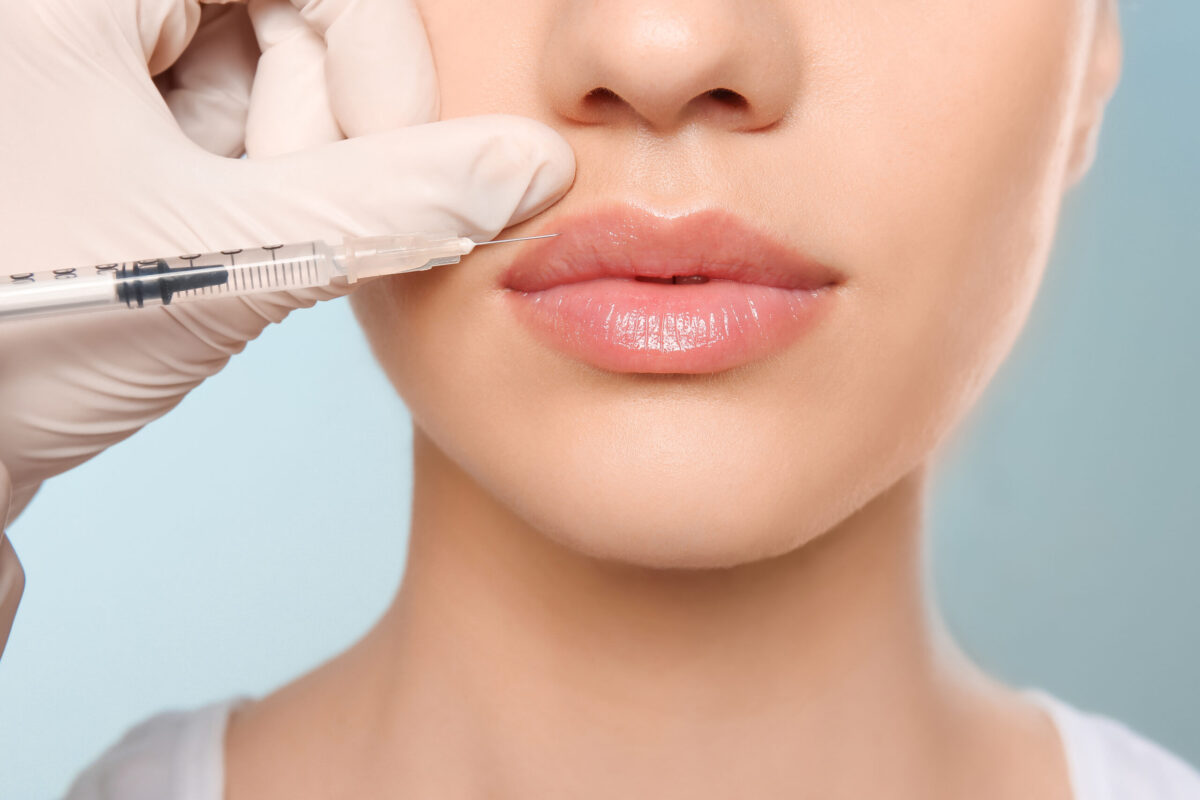Dermal fillers are a popular cosmetic treatment used to enhance facial features and reduce signs of aging. However, in some cases, individuals may wish to have their fillers dissolved due to dissatisfaction with the results, complications, or changes in aesthetic preferences. In this article, we explore why someone might choose to remove their fillers, the available methods for filler removal, and frequently asked questions about the process.

Why Would Someone Get Their Fillers Dissolved?
There are several reasons why an individual might decide to have their fillers removed, including:
- Unwanted results – The filler may not provide the expected look, resulting in dissatisfaction.
- Overfilling – In some cases, too much filler is used, leading to an unnatural or exaggerated appearance.
- Asymmetry – Uneven distribution of the filler can cause facial imbalance.
- Complications – Side effects such as prolonged swelling, lumps, or vascular occlusion may require removal.
- Change in aesthetic preferences – A person may no longer wish to maintain the enhanced look.
Can Fillers Be Removed?
Yes, dermal fillers can be removed, but the method depends on the type of filler used. The removal process varies based on whether the filler is hyaluronic acid-based or made of other substances.
Hyaluronic Acid (HA) Fillers
Hyaluronic acid fillers, such as Juvéderm and Restylane, can be dissolved using an enzyme called hyaluronidase. This enzyme breaks down the filler and helps restore the treated area to its natural state. The results are typically noticeable within 24 hours. However, there is a slight risk of removing more filler than intended, which may require additional corrective treatments.
Non-Hyaluronic Acid Fillers
Fillers such as Radiesse, Bellafill, and Sculptra cannot be dissolved with hyaluronidase. Options for removal in these cases are limited and may include:
- Waiting for natural metabolism – The body will gradually break down and absorb the filler over time, but this process can take several months to years.
- Steroid injections – These can sometimes help reduce the effects of certain fillers.
- Surgical removal – In rare and severe cases, a surgical procedure may be necessary to extract the filler.
Can You Reverse Fillers When Results Are Subpar?
If the results of a dermal filler treatment are unsatisfactory, corrective options include:
- Dissolving the filler (for HA fillers) using hyaluronidase.
- Massaging the area to help redistribute the filler and improve symmetry.
- Adding more filler to correct asymmetry or enhance results.
- Waiting it out if the filler is non-dissolvable and needs to naturally fade over time.
Consulting with a qualified cosmetic provider is essential to determine the best approach for reversing undesirable filler results.
Can Dermal Fillers Be Dissolved?
Yes, hyaluronic acid-based fillers can be dissolved with hyaluronidase, while other fillers require different approaches. If you are considering dissolving your fillers, it’s important to work with an experienced provider who understands facial anatomy and proper filler techniques.
Frequently Asked Questions (FAQs)
1. How long does it take for hyaluronidase to dissolve fillers?
Hyaluronidase starts working immediately, and most people see results within 24 to 48 hours after treatment.
2. Are there risks associated with filler removal?
Yes, potential risks include allergic reactions to hyaluronidase, swelling, bruising, and uneven results if too much filler is dissolved.
3. Can all fillers be removed?
No, only hyaluronic acid fillers can be effectively dissolved. Other fillers must be either naturally absorbed or, in rare cases, surgically removed.
4. Does dissolving fillers hurt?
The procedure involves mild discomfort, similar to receiving the initial filler injections. Numbing agents can be used to minimize pain.
5. How can I prevent the need for filler removal?
To avoid unwanted results, choose a qualified provider, communicate your expectations clearly, and start with small amounts of filler before committing to larger enhancements.
If you are considering dermal filler removal, consult with a licensed aesthetic professional to discuss your options and ensure the best possible outcome. Always prioritize safety and expertise when making cosmetic decisions.


